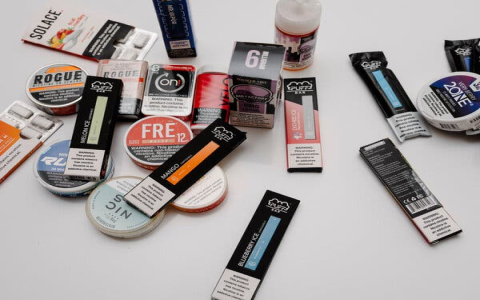2018 marked a pivotal year for the vaping industry, defined by significant technological shifts, regulatory pressure, and changing consumer preferences.
The Salt Nicotine Surge
Nicotine salt formulations became dominant, enabling higher nicotine concentrations without harshness. This fueled the rise of ultra-portable pod systems designed for convenience and satisfaction closer to cigarettes, significantly altering user demographics and appeal.

Regulatory Scrutiny Intensifies
The U.S. FDA escalated enforcement, specifically targeting:
- Youth Access: Crackdowns on sales to minors and online age verification.
- Flavor Concerns: Heightened warnings against flavored products, particularly cartridge/pod-based systems, seen as appealing to youth. Threats of flavor bans gained momentum.
- PMTA Deadline Clarity: The looming Pre-Market Tobacco Application (PMTA) deadline pressured manufacturers to invest in compliance or cease operations.
Hardware Consolidation: The Pod System Era
While advanced mods persisted, the market experienced a profound shift:
- Pod Systems Dominated: Refillable and closed pod devices overshadowed traditional eGo pens and bulky mod kits due to their simplicity, discretion, and compatibility with nicotine salts.
- JUUL’s Market Supremacy: JUUL Labs captured a massive share of the U.S. market, largely driving the salt nicotine/pod trend and subsequently becoming a primary target for regulators.
Industry Consolidation & Big Tobacco Moves
Major tobacco companies accelerated their stakes:
- Altria’s JUUL Investment: Altria (Philip Morris) acquired a 35% stake in JUUL Labs for $12.8 billion, signaling deep strategic investment in the vapor sector.
- Other Acquisitions: Imperial Brands strengthened its portfolio with brands like Blu, further consolidating the market.
Rise of Disposable Devices
Though smaller in volume than pods, convenient pre-filled disposable e-cigarettes gained noticeable traction, offering zero maintenance for users.










